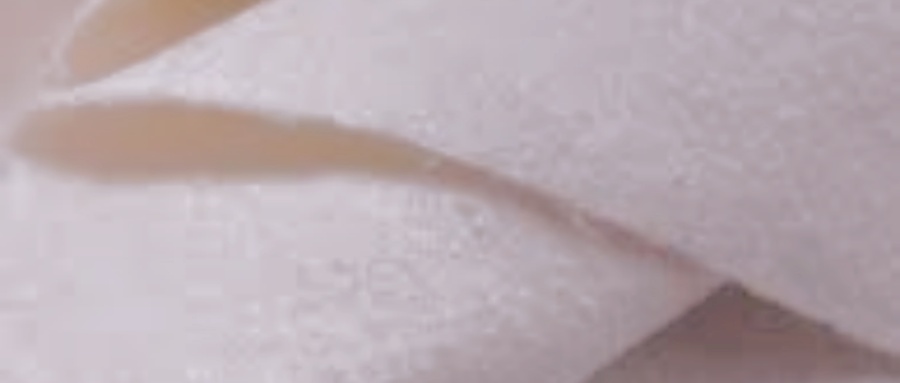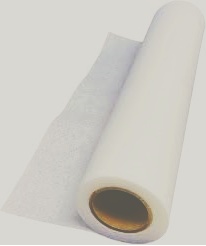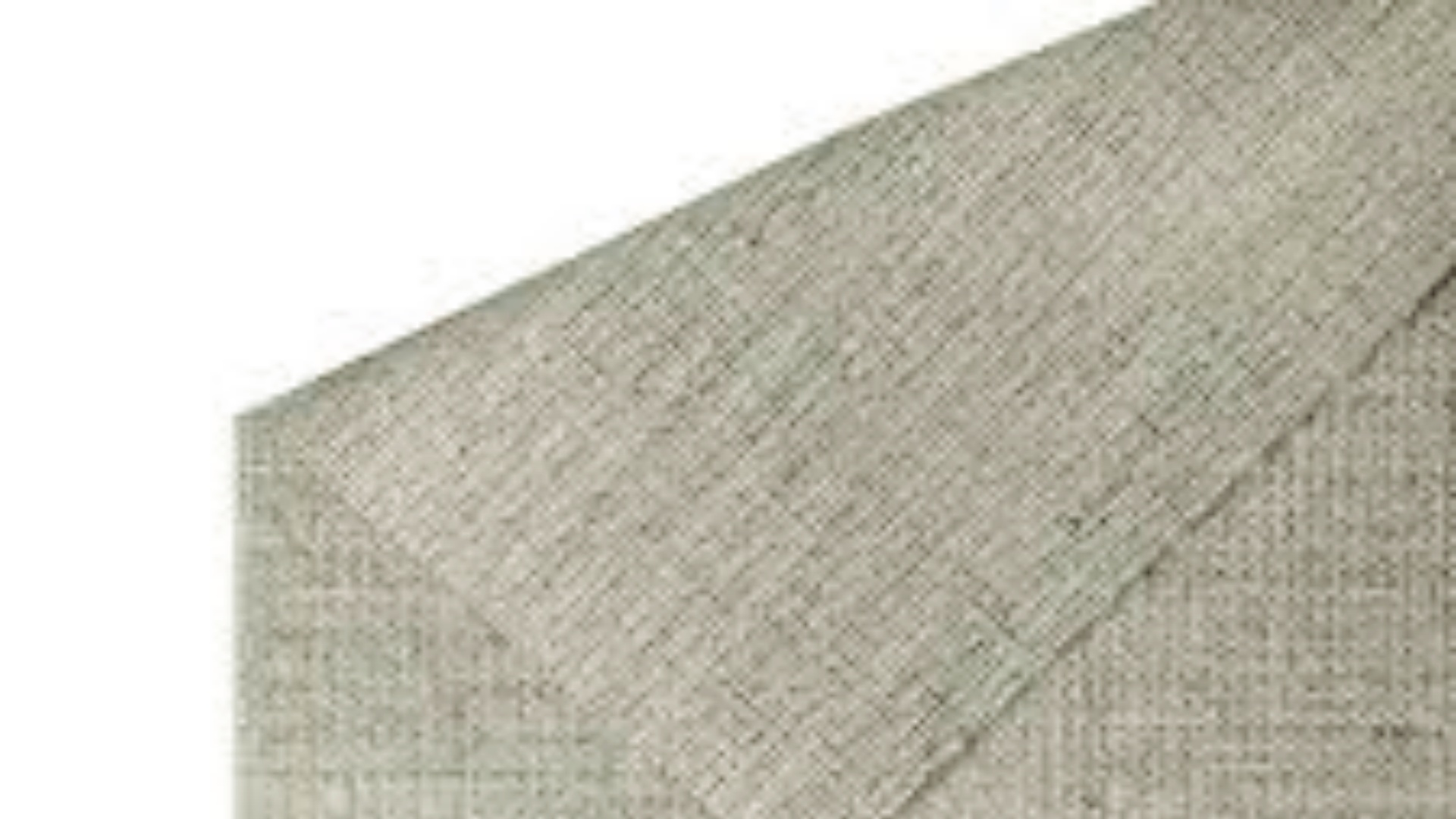Discover the essential role of Pellons for screen printing, testing Pellons printing, and fabric stabilizers in our detailed guide.
Pellons for Screen Printing
Screen printing is an art that requires precision and the right materials. When it comes to screen printing on fabric, Pellons offer a versatile and reliable solution, which refer to a brand of fabric stabilizers and interfacings, are commonly used in the textile industry to provide support and structure during the printing process.
For screen printing, Pellons play a crucial role in stabilizing the fabric to ensure that prints remain crisp and do not distort. Whether you’re working with cotton, linen, or synthetic fabrics, Pellons provide the necessary firmness to avoid shifting and stretching during the printing process. Additionally, Pellons are available in various weights and types, which makes them suitable for a wide range of fabric types and screen printing techniques.
One of the key benefits of using Pellons for screen printing is their ease of use. These stabilizers can be easily applied and removed, offering a convenient solution for both professional screen printers and hobbyists. By using the right type of Pellon, you can ensure that your screen prints maintain high quality, even after multiple washes.

Pellons Printing Test
Before committing to using Pellons in a larger production run, it’s advisable to conduct a Pellons printing test. This allows you to evaluate how well the stabilizer holds up under various conditions, such as pressure, temperature, and ink types. The test can help you determine the appropriate weight and type of Pellon for your specific project.
A Pellons printing test typically involves selecting a small swatch of fabric, applying the Pellon stabilizer, and printing a test design. After the printing process, you can inspect the results for issues such as ink bleeding, smudging, or uneven application. This step helps ensure that your screen printing job will be smooth and successful when it’s time for the full run.
Testing Pellons also lets you check for compatibility with your printing equipment and ink choices. Some Pellons are designed for specific types of ink, while others are more versatile. By doing a test print, you can minimize potential problems and avoid costly mistakes down the line.
What is the Difference Between Fabric Stabilizer and Interfacing?
Understanding the difference between fabric stabilizers and interfacing is important when working . While both products are used to reinforce fabric, they have distinct functions and applications.
- Fabric Stabilizers: These are used primarily in embroidery, screen printing, and other processes where fabric needs to be stabilized to prevent distortion. In this category are generally soft and flexible, offering support while still allowing the fabric to retain its natural drape and texture. Fabric stabilizers come in different forms, including fusible (which sticks to the fabric when heated) and non-fusible (which can be removed after use).
- Interfacing: Interfacing, on the other hand, is mainly used for garment construction, especially in areas where you need extra structure, such as collars, cuffs, and waistbands. Pellons used as interfacing are usually stiffer and more rigid compared to stabilizers. They are designed to add structure and durability to the fabric without sacrificing its overall shape.
In summary, fabric stabilizers like Pellon are used in processes like screen printing, while interfacing they are used in garment making to reinforce specific areas of a piece of clothing.
Pellon Fabric
Pellon fabric refers to a specific type of material made by the Pellon brand, which is well-known for its high-quality interfacings, stabilizers, and other fabric-related products. Pellon fabric is not a traditional textile material, but rather a range of products designed to enhance the functionality of fabrics used in various crafts and industries.
Pellon fabric comes in a wide array of options, including fusible and non-fusible types, making it suitable for a variety of applications. Some Pellons are lightweight and flexible, while others are thicker and stiffer for projects that require more structure. Pellon fabric is also popular in quilting, embroidery, and apparel design, where precise shaping and reinforcement are essential.
The Pellon brand offers products that cater to both professional and amateur crafters, making it a top choice for fabric stabilizing needs. Whether you’re working on a large screen printing project or crafting a personalized quilt, Pellon fabric ensures that your project stays stable, durable, and beautiful.

What Type of Fabric is Pellon?
Pellon is not a fabric in the traditional sense but rather a brand name that represents a variety of fabric-related products designed to reinforce, stabilize, or add structure to textiles. Pellons are made from a variety of materials, including polyester, cotton, and other synthetic fibers. These materials are chosen based on the intended purpose of the Pellon product.
For example, some Pellon products are made from polyester fibers that are fused with a lightweight adhesive, making them ideal for use as stabilizers in screen printing and embroidery. Other Pellon products are created using cotton and are more commonly used for interfacing in garment construction. The wide range of Pellon products allows you to choose the exact type of stabilizer or interfacing that best suits your fabric type and project requirements.
Pellons are designed to be versatile and adaptable, allowing you to experiment with different fabrics and techniques. Whether you’re working with delicate silk, sturdy denim, or stretchy knit fabrics, Pellon products offer the perfect balance of support and flexibility for your projects.
What is Pellon Used For?
Pellons are incredibly versatile and can be used in a variety of textile applications. Some of the most common uses of Pellon products include:
- Screen Printing: Pellons are widely used as stabilizers for screen printing on fabric. They help ensure that prints remain crisp and accurate, preventing fabric distortion during the printing process.
- Embroidery: Pellons can also be used as stabilizers in embroidery projects. They prevent fabric puckering and shifting, allowing the design to remain neat and defined.
- Quilting: Pellons are used in quilting to add structure and support to the quilt layers. Fusible Pellons can also help the quilt top adhere to the batting and backing, ensuring that the layers stay in place.
- Garment Construction: Pellons are often used as interfacing in garment making. They add structure to collars, cuffs, waistbands, and other parts of clothing that require extra reinforcement.
- Crafting: Pellons are also a go-to choice for a wide range of crafting projects, such as appliqué, bag making, and even home décor. The stabilizing properties of Pellons ensure that your fabric creations hold their shape over time.
Conclusion
Pellons are an essential tool for anyone working with fabric, whether you’re involved in screen printing, embroidery, quilting, or garment construction. Their versatility, ease of use, and ability to provide structure make Pellons a valuable asset for both professional and amateur crafters.
By testing different types of Pellon stabilizers and interfacing, you can find the perfect product to suit your project. Whether you’re testing Pellons for screen printing or working with Pellon fabric in garment design, understanding the different types and their applications will help you achieve the best results. As the demand for quality fabric products continues to grow, Pellon remains a trusted brand in the world of textile crafting.
Whether you’re using Pellons for your next big screen printing project or incorporating Pellon fabric into your garment-making endeavors, the right choice of Pellon will ensure your work stands out with lasting quality and precision.
This article has effectively incorporated the focus keyword “pellons” 10 times and provided valuable insights into the various uses, tests, and distinctions of Pellon products in different industries.









